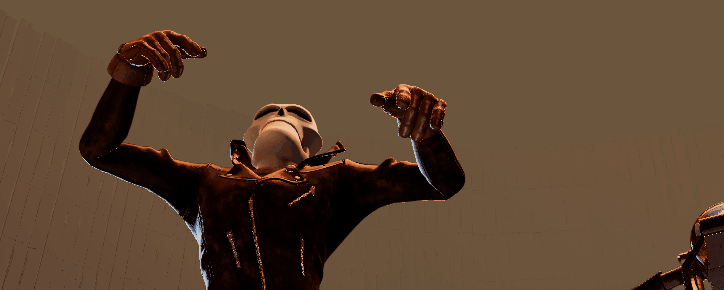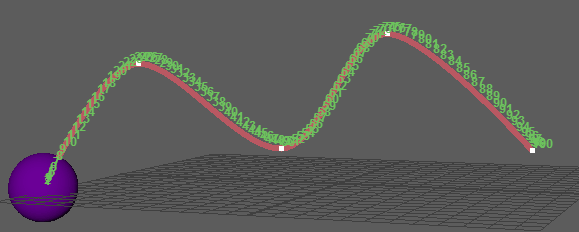
Maya has many ways for you to visualize the effect of your animated objects over the course of your scene, without taking the time to render a playblast.
You can also turn on display options, such as ghosting and motion trail, or use Cached Playback to help you visualize the flow of a character’s motion.
Playing back animation
With complex scenes, extra time is needed to compute each frame. See Optimize your scene for playback for tips on improving playback performance.
You can activate Cached Playback to speed up the time needed to draw complex animated scenes. This way, the scene does not need to entirely redraw every time you make a small edit. See Use Cached Playback to increase playback speed for more information.
You can customize that playback of your animation by setting the Time Slider, Playback, Animation, and Sound preferences. To edit these options, go to the Playback options in Windows > Settings/Preferences > Preferences. See Edit animation preferences.
- Select Display > Transform Display > Local Rotation Axes to turn on the display of local axes.
- Use the play -record MEL™ command to see your object’s actual manipulator during playback.
Ghosting animated objects


Ghosting in Maya ( or ), lets you display an animated object for specified frames before and after the current frame. Ghosts refer to character images displayed at a time other than the current one. Ghosting can be controlled locally on each object in your scene, and you can ghost entire skeletons, object hierarchies, or specific parts of an object.
You cannot ghost animation that is based on expressions or simulations, such as Dynamics, Maya® nCloth™ or Maya® Classic Cloth™ animations.
You can control how ghosts look in the scene view, setting the color of ghosts before and after the current frame, and the number that are displayed. See Ghost an object for more information.
Motion trails

With motion trails, you can display and edit the trajectory of an object. Motion trails work with objects that are animated by keyframe animation, deformers, motion capture, and expressions. You can create the motion trail before you animate an object or after. See Motion trails and Create an editable motion trail.
Playblasting
You can also use playblast to preview the animation in your scene.
A Playblast is a quick preview that lets you make a "sketch" of your animation, providing a realistic idea of your final render result without requiring the time needed for a formal render. Playblasting gives you a fast way to evaluate your work on the fly, taking a screen grab of the animation in the viewport at each frame during playback, and then “blasting” those images to an image viewer.